1. Processing of sections with the help of "resources" available from other people.
To do this, you can seek help from friends, relatives or neighbors engaged in tailoring clothes for yourself and your family. And who have in their "set" tools for sewing - overlock. You can contact the workshop or the studio for sewing and repairing clothes. And there for money, with pleasure, you will be treated with any sections and any overlock line.2. Cuts can not be processed at all.
Cuts of parts out of nonwovens (skin, suede, neoprene, etc.) do not need to process. They do not appear. When working with woven materials, the details of the pattern can be decomposed so that the edges of the allowances of long and smooth slices coincide with the edges of the canvase on which they unfold. And then cuts of the cutting parts cut, burned along the edge, will not need to be processed. But there is one but. A dense, the inflexible edge can be pulled by the made seam. Therefore, its edge must be laid with scissors to a depth of 0.5-0.7 cm, every 7-10 cm.
3. Processing of cutout cuts.
Modern textile canvases often contain one or another number of impurities of artificial and synthetic fibers. The overwhelming majority of such fibers when exposed to some very hot heat source are melted. Here you can take advantage and melted the cuts of cut parts, for example, a flame of a burning candle, lighters, etc. Of course, you should first try to melt the slice on the unnecessary flap of the treated fabric. And it goes without saying that it is necessary to act in extremely gently and carefully. In order not to stay not only without a manufactured sewing product, but also the house does not burn. Some products can be formed unpleasant to the touch, a rigid rutter. So it is necessary to keep in mind planning such a processing method.4. Sing cutting with a special means.
There are means for preventing the product. What is it and how does it work? To start, the sections need to be fired so that they are beautiful and apply special glue on them. When the glue dries the fibers of the web will be tightly glued together.
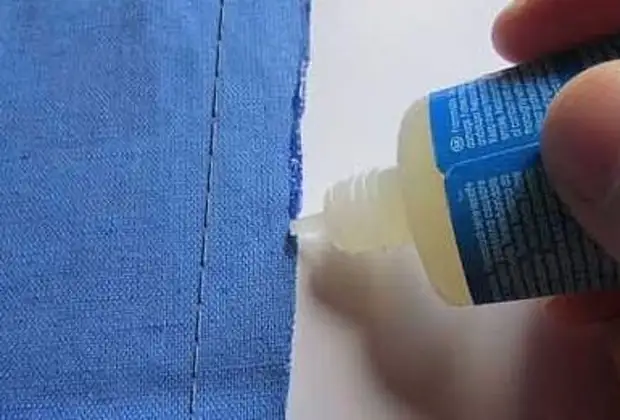
5. Treatment of sections with zigzag scissors.
Slices of lightweight fabrics with a sufficiently dense weave of the threads of the canvas can be treated from sprinkling with special fester scissors or zigzag scissors, with a cutting edge in the form of teeth. In this way, you can handle the allowances: bargaining seams by rotory and seams in the sub-cut bending.

For reliability, before carving sections with cloths, on the allowances of the beds, at a distance of 0.5 cm from the edge of the cut, it is possible to pave a conventional machine line.
6. Processing of sections of the sub-cut fog.
Sections of the beds can be processed by switching and induction. Such sections need to be planned in advance. Because, in order to perform this type of cutting slices on the seam allowance, you need to take up to 2-2.5 cm.
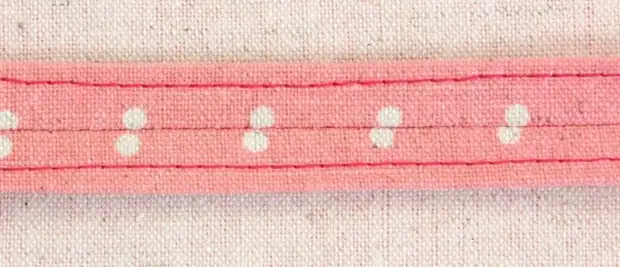
In the case of a little curved, convex or concave cuts, it is recommended to pave a line along the edge of the cabin at a distance of 0.5-0.7 cm from the edge. If the sections are straight, then you can not lay. Then, on the line or, if there is no, at the same distance from the edge - 0.5-0.7 cm Slices of points are separated on the wrong side, and along the edge, a distance of 0.1-0.3 cm from it, a line is laid . This method of treating slices is suitable for thin and medium tissues. But it is not at all suitable for transparent and thick tissues. Despite the fact that the sections of the bending remain open, such a method for treating slices is quite effective. From the wrong side of the product, the sections look carefully, and the hard fold does not give them creep during washing.
7. Treatment of cut sections with double seam (feeding, French, conserved).
With these seams, the straight cuts of the cut parts can be simultaneously connected and processed from sprinkling.
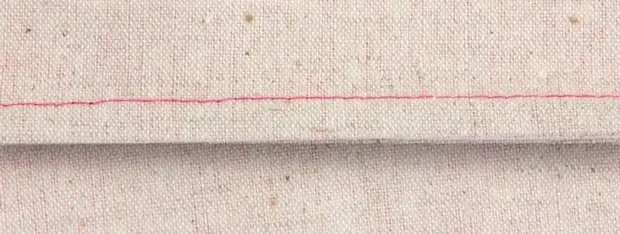
8. Processing of sections with a zigzag machine line and special sowing machine lines.
Zigzag and other special lines of the sewing machine can simply treat sections, or stack and at the same time treat sections on the gates and knitted materials. Special lines of the sewing machine on sections of dense, heavy fabrics are particularly well. And the most neat and even such lines will turn out if they are paved before the seam is performed.
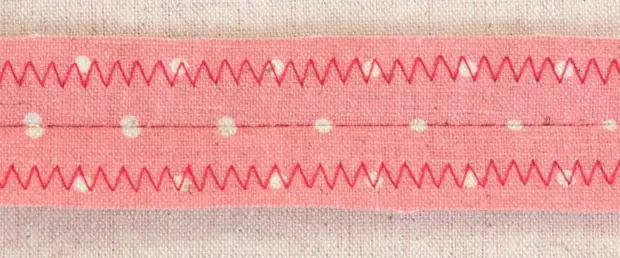
But, alas, all the same, it is not overclocking lines. Therefore, in no dependence on whether they will be laid before performing a seam or after, in any case, that such lines are not tightened by the edge of the cut, they must first be paved at some distance from the edge of the allowance, and then very carefully crop it over, trying not to touch No way with scissors string.
9. Processing of cuts with manual stammers.
Types of manual stamp lines: oblique stitches, loop-shaped, cruciform. So that the manual lines are neat and smooth, at a distance from the edge of the cut, so which width is planned manual lines, you can, weakening the tension of the upper thread, lay the machine line. And it will serve as a guideline, in order for the long stitch length of the manual line was the same.
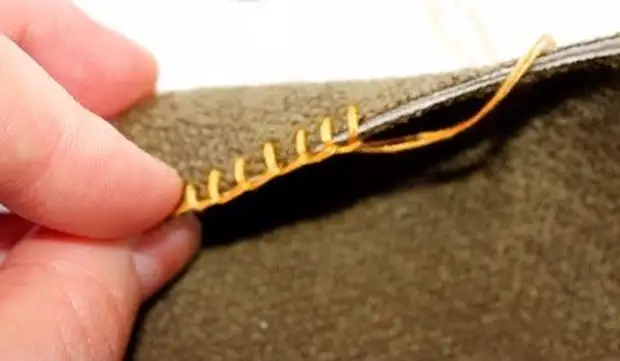
And after the manual line is executed, the machine can be easily removed. Of course, handling cuts manually longer than on the same sewing machine or overlock. But if relaxing, with a calm heart, sit for this job, you can imperceptibly for yourself all sections of the products very well handle manually.
10. Processing seating sections.
This method is processed by cuts of products of outerwear from thick, bulk, dura tissues without lining. For example, from Venelvet, twee, denim, a gabardine, velvet, dense woolen fabrics, etc. Or when, for example, the bottom of the product is so fashionable that from one side (facial), you can see all the insides (allowances), the other. In this case, no other type of cutting cuts is suitable. Such processing is generally suitable for any other sections and, of course, for the decor.
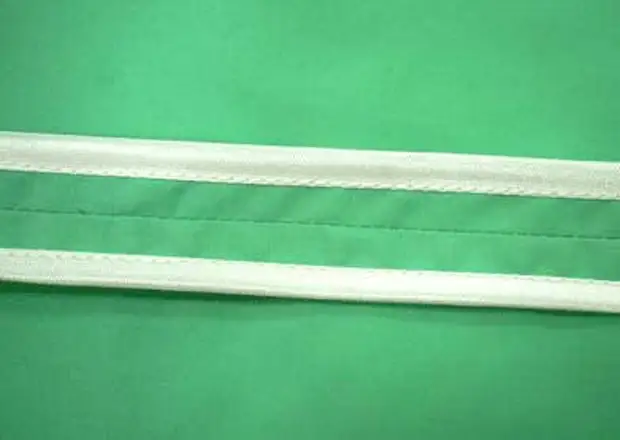
From the wrong side, edged cuts, finished sewing products, look great. Everything looks very carefully, even, moreover, the sewage cuts are reliably protected from sickness. Faster the edging of sections can be done with the help of purchased in specialized stores, already ready for use, braid, ribbon, edging, oblique baking, or make them alone from woven or knitted material. Purchased Single-layer oblique Beeke is a braid, which cuts up on the oblique filament of the fabric, is sold with already pre-adjacent allowances, and is ready for use.
